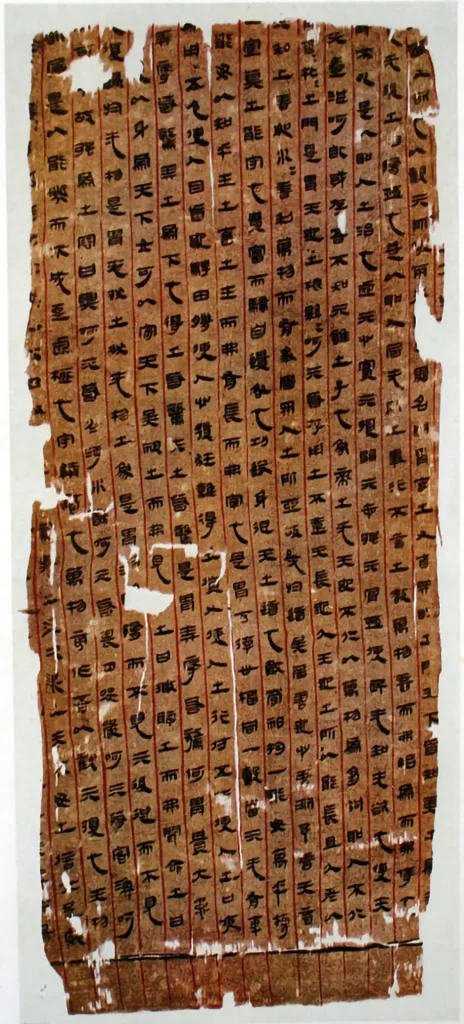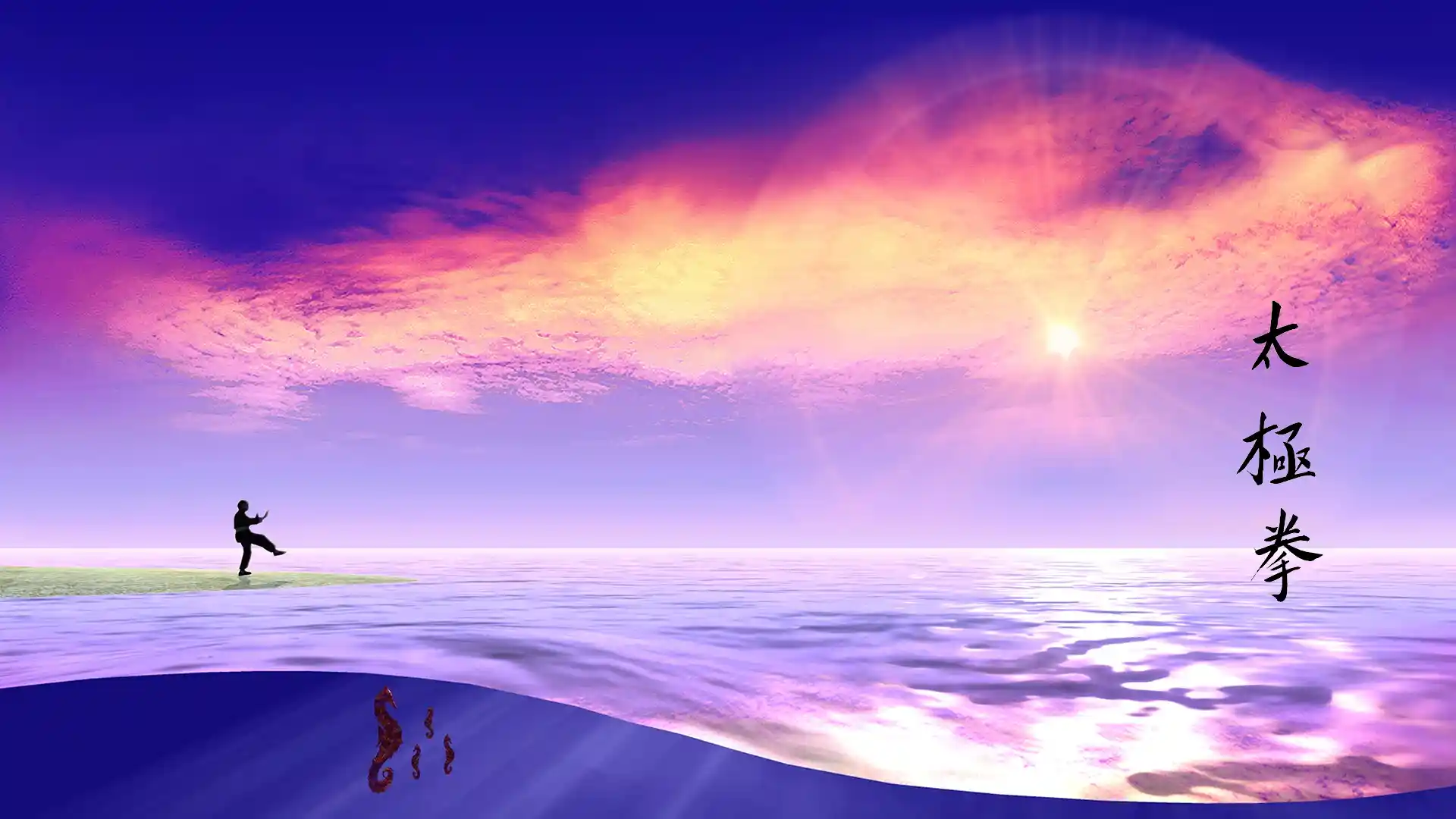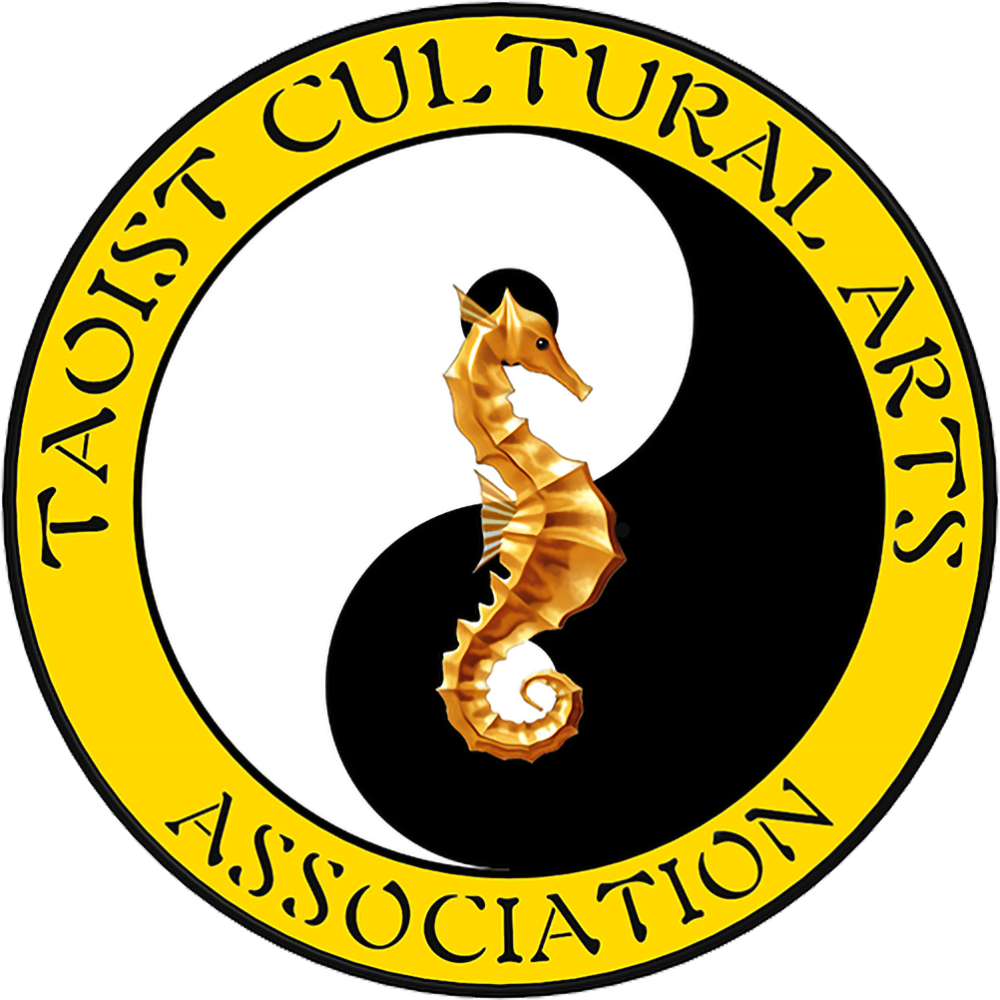
Laozi and the Tao Te Ching
Laozi, also known as Lao Tzu or Lao-Tze, is the legendary figure credited with writing the Tao Te Ching, one of the most important texts in Chinese philosophy. The Tao Te Ching is a collection of 81 short chapters that offer wisdom on how to live in harmony with the natural world and achieve inner peace. In this blog post, we will explore the life and teachings of Laozi and the significance of the Tao Te Ching.
Life of Laozi
The historical existence of Laozi is a matter of debate among scholars. According to tradition, he lived in the 6th century BCE and was a contemporary of Confucius. Laozi is said to have been a scholar and an archivist in the imperial court of the Zhou dynasty. However, he became disillusioned with the corruption and turmoil of the political system and decided to leave the court and retire to a life of contemplation.
According to legend, as Laozi was leaving the city, the gatekeeper asked him to write down his teachings before departing. Laozi agreed and wrote the Tao Te Ching, which means “The Book of the Way and Its Virtue.” The text became highly regarded, and Laozi was revered as a sage and a founder of the philosophy of Taoism.
Teachings of the Tao Te Ching
The Tao Te Ching is a concise and poetic work that offers insights into the nature of the universe, the human condition, and the way to achieve harmony with both. The text is divided into two main sections: the Tao (the Way) and the Te (Virtue). The Tao refers to the underlying principle of the universe, which is beyond comprehension and description. The Te refers to the way of living in harmony with the Tao.
One of the central ideas of the Tao Te Ching is that the natural world operates according to its own principles, and humans should strive to live in harmony with these principles. The text offers guidance on how to achieve this harmony, emphasizing the importance of humility, simplicity, and non-action.
Laozi also emphasizes the concept of wu wei, which means “non-action” or “effortless action.” This does not mean doing nothing but rather acting in a way that is in harmony with the natural flow of things. By letting go of personal desires and preferences and following the natural course of events, one can achieve a state of effortless action.
Another central idea in the Tao Te Ching is the concept of yin and yang, which represent the complementary forces of the universe. Yin is associated with femininity, darkness, and passivity, while yang is associated with masculinity, light, and activity. Laozi emphasizes the importance of balancing these forces, both in the natural world and in human life.
Significance of the Tao Te Ching
The Tao Te Ching has been highly influential in Chinese philosophy and religion, as well as in Western philosophy and spirituality. It has been translated into numerous languages and has inspired countless individuals to seek a deeper understanding of the nature of existence and the path to inner peace.
One of the reasons for the enduring popularity of the Tao Te Ching is its accessibility and relevance to all people, regardless of their cultural or religious background. The text emphasizes the importance of living in harmony with the natural world, cultivating inner peace, and letting go of personal desires and attachments, all of which are universal values that resonate with people from all walks of life.
Wuwei
In Chapter 36, Laozi describes the principle of wu-wei, which is often translated as “non-action” or “effortless action”. Wu-wei is the idea that the most effective way to act is by not forcing or interfering with the natural flow of things. It is not a passive state, but rather an active state of harmonizing with the natural order of the universe. By aligning oneself with the Tao, one can achieve a state of tranquility and peace.
Another important concept in the Tao Te Ching is the idea of the Tao being the source of all things. In Chapter 25, Laozi writes:
“There was something formless and perfect
before the universe was born.
It is serene. Empty.
Solitary. Unchanging.
Infinite. Eternally present.
It is the mother of the universe.
For lack of a better name,
I call it the TAO.
This quote is from the opening lines of the Tao Te Ching attributed to Laozi. In this passage, Laozi describes the Tao as an indescribable, formless essence that existed before the universe and is the source of all things. The Tao is characterized as empty, serene, and unchanging, yet also infinite and eternally present. Laozi acknowledges that the Tao cannot be fully understood or named, and thus refers to it as the “mother of the universe” as a way to convey its role as the ultimate source of creation.
The Tao Te Ching provides guidance on how to live a balanced and harmonious life, emphasizing the importance of simplicity, humility, and non-action (wu wei) as the key to living in harmony with the Tao. Laozi believed that by cultivating humility and embracing the natural way of things, individuals could achieve true happiness and fulfillment in life.
The Tao Te Ching has had a profound influence on Chinese philosophy and culture, and its teachings have been applied in various fields, including martial arts, traditional Chinese medicine, and feng shui. Its influence has spread beyond China and has been translated into numerous languages, becoming a source of inspiration for people all around the world.
In conclusion, Laozi and the Tao Te Ching have had a significant impact on Chinese philosophy and culture, as well as on people all around the world who have been inspired by its teachings. The Tao Te Ching encourages individuals to embrace simplicity, humility, and non-action as a means to achieve harmony with the natural world and find true happiness and fulfillment in life. Its teachings continue to be relevant and provide valuable insights into the human experience, making it one of the most important and influential works in the history of philosophy.
References:
- Lao Tzu, Tao Te Ching (Translated by Stephen Mitchell), HarperCollins, 1988.
- Ames, Roger T., and David L. Hall, Thinking Through Confucius, State University of New York Press, 1987.
- Chan, Wing-tsit, A Source Book in Chinese Philosophy, Princeton University Press, 1963.
- Ivanhoe, Philip J., and Bryan W. Van Norden, Readings in Classical Chinese Philosophy, Hackett Publishing, 2005.
- Hansen, Chad, A Daoist Theory of Chinese Thought, Oxford University Press, 2000.


Leave a Reply